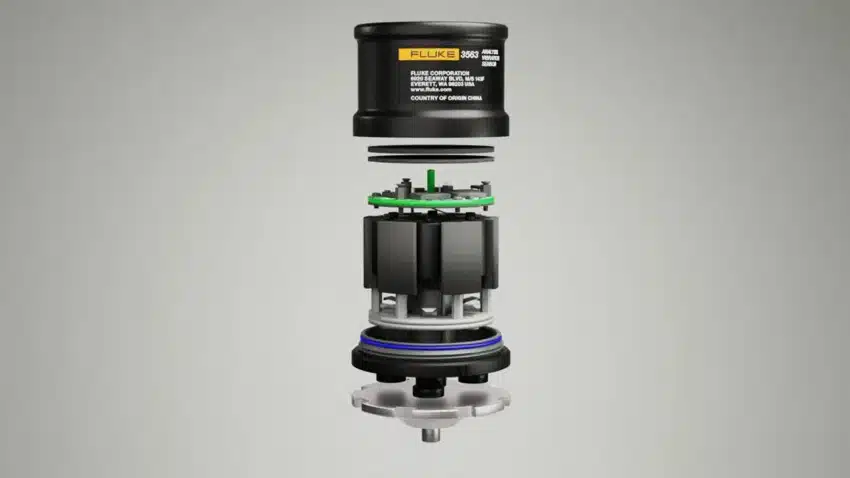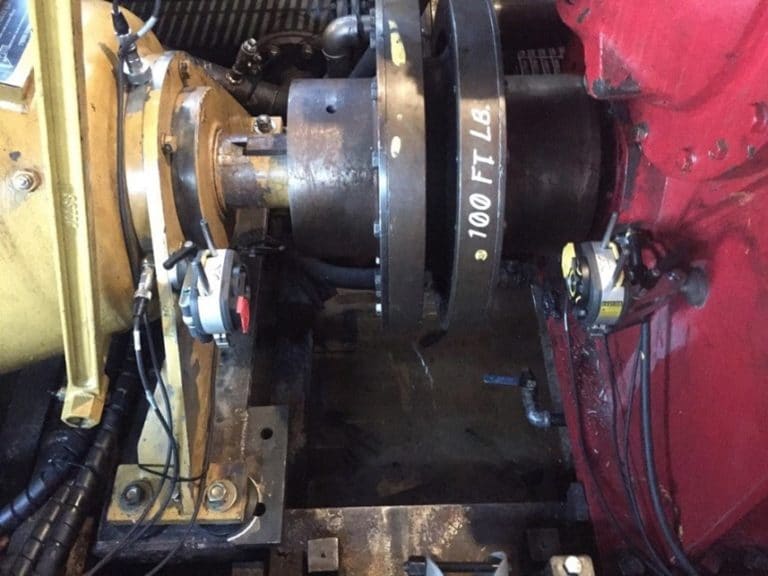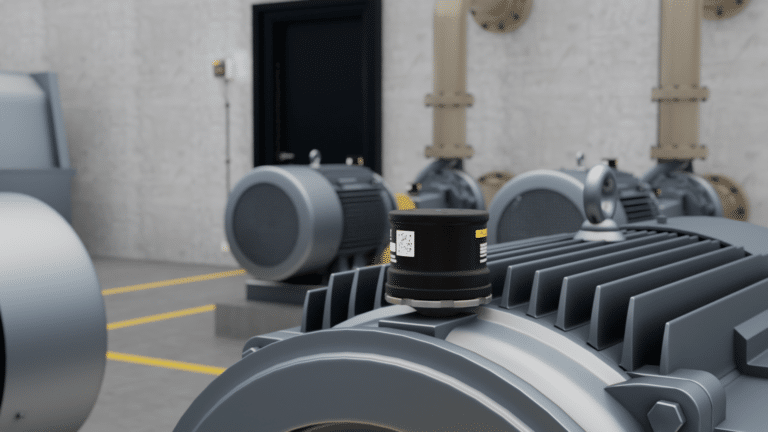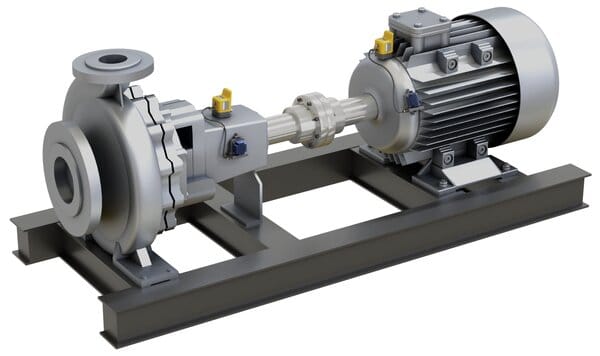Every rotating asset produces vibrations. Some level of vibration is normal, but changes in vibration patterns can signal potential problems – well before those problems become apparent in other ways. Ever since the first motorized piece of machinery was built, maintenance teams have been measuring vibration patterns, which can signal a change in the machine’s functioning.
Today, vibration measurement tools are highly sensitive and easy to use. They can pick up on even the tiniest change in vibration frequency. In many cases, they can also collect and share that data in real-time, so that you can spot patterns and identify potential defects in your machinery right away. This is also known as condition-based maintenance or predictive maintenance because it allows you to predict when maintenance is needed based on the real-time condition of the asset.
Ultimately, that means that you’ll see less downtime and reduce your maintenance expenses. Here’s how it works, plus the four most common tools for measuring asset vibration.

How is Vibration Measured?
Vibration measurement starts with a sensor. Some sensors are hand-held; others are directly mounted on the piece of equipment you want to monitor. Vibration sensors measure the overall level of vibration that your asset emits, as well as specialized measurements like displacement, velocity, and acceleration.
As your machine vibrates, the piezoelectric sensor creates an electrical signal proportional to the machine’s vibrations. This information is then displayed in a user interface that maintenance teams can use to pinpoint problems as they arise. Vibration measurement systems can also send alerts for critical conditions that require immediate attention.
Which Machines Need Vibration Measurement?
Every rotating piece of equipment has its own vibration “signature,” so in theory, you could monitor the vibrations of every motor-driven machine. In reality, of course, most operations today have budgets to consider, and full-scale deployment of condition monitoring isn’t always feasible. While vibration monitoring has become very affordable, and there are vibration monitoring tools to fit every budget, some maintenance teams will still find themselves needing to prioritize machines – especially when deploying a predictive maintenance program for the first time.
At a minimum, maintenance teams should leverage vibration monitoring for:
- Equipment that is critical to your day to day operations, where cost of downtime is especially high
- Machines that would be extremely costly to repair or replace
- Assets where unexpected failure could impact the health and safety of your employees
- New equipment that you are assessing for reliability
Where are Sensors for Vibration Measurement Mounted?
Vibration measurements are useful for spotting misalignment, belt problems, bearing issues, and loose parts. Place your sensors as close as possible to the component that you want to monitor. That often means at the motor bearing, or the shaft bearing, or at another crucial bearing. If you are using wireless sensors, you’ll be able to adjust your sensors to make sure that you’re getting an accurate reading.
Four Tools for Measuring Vibration in Industrial Facilities
Vibration measurement tools have come a long way since the days when technicians relied on analog tools. Here are some of the best tools for measuring vibration on the market.
1. Handheld Vibration Testers
The vibration tester is an excellent all-around tool for checking on the health of your assets. Its diagnosis screen gives you quick insights into any mechanical failings, like unbalance, looseness, or misalignment. The diagnostic screen is easy to read even for your new, untrained workers. It comes with a built-in severity scale so that you can easily determine which issues need to be addressed quickly. It even recommends the kind of repairs your equipment might need.
The tester has on-board memory so that you can track changes in your assets’ performance over time. You can also easily reconfigure the tester depending on whether you’re testing belt drives, gear boxes, or other assets.
2. Vibration Meters
The vibration meter is a great tool for maintenance teams that want to get a detailed picture of equipment health. This tool will go a little further than your basic vibration tester. In addition to measuring overall vibrations, it also measures bearing condition and temperature.
A vibration meter is designed to send out text alerts so that your team will always be up to the minute on your assets’ condition. The alerts are written in plain, non-technical language. The vibration meter also stores up to 3,500 measurements in its on-board memory and makes it easy to export data for analysis.
3. Vibration Analysis Sensors
Vibration analysis sensors provide a wrap-around system that both measures and analyzes vibration data. The system includes a wireless vibration sensor and a software application that lets your maintenance team organize and make sense of your vibration data so that you can determine what actions need to be taken. The wireless sensor is easy to integrate into your existing operations, whether or not you are already using IIoT technology.
4. Wireless Vibration Sensors
The Fluke vibration screening sensor consists of a long-range, battery-free sensor and a cloud-based software program for data analytics. The sensor works on solar power, so you’ll never have to send in your maintenance team to change batteries. This is a tool that you can set and forget.
The software sends out alerts and notifications whenever a machine needs further inspection or repair. You’ll also be able to monitor vibration data from wherever you happen to be. The dashboard is intuitive and easy to use.
Realize the Advantages of Measuring Vibration
Regardless of your specific needs and budget, there’s a vibration measurement tool that’s right for your maintenance program. You’ll be amazed at how quickly vibration measurement systems result in greater uptime and savings for your whole operation. See our recent case study to learn how a condition monitoring program cut one customer’s maintenance costs by 96%.






